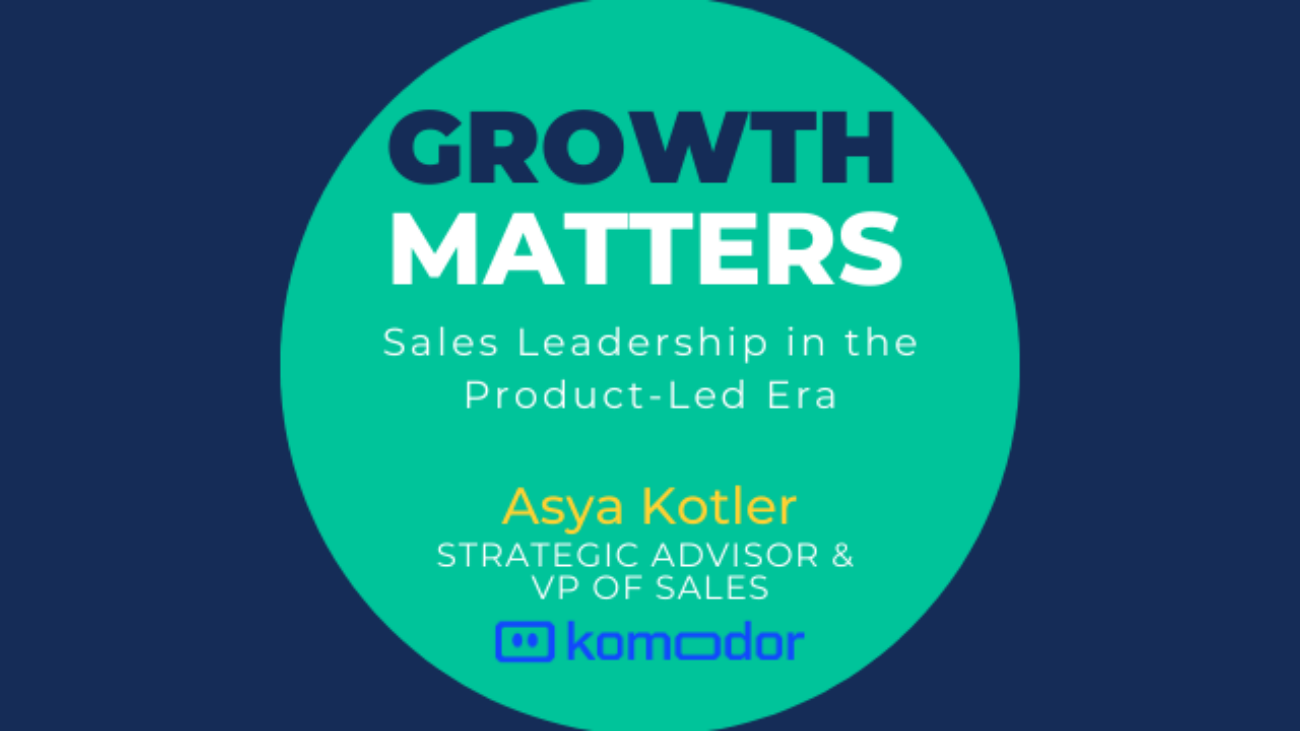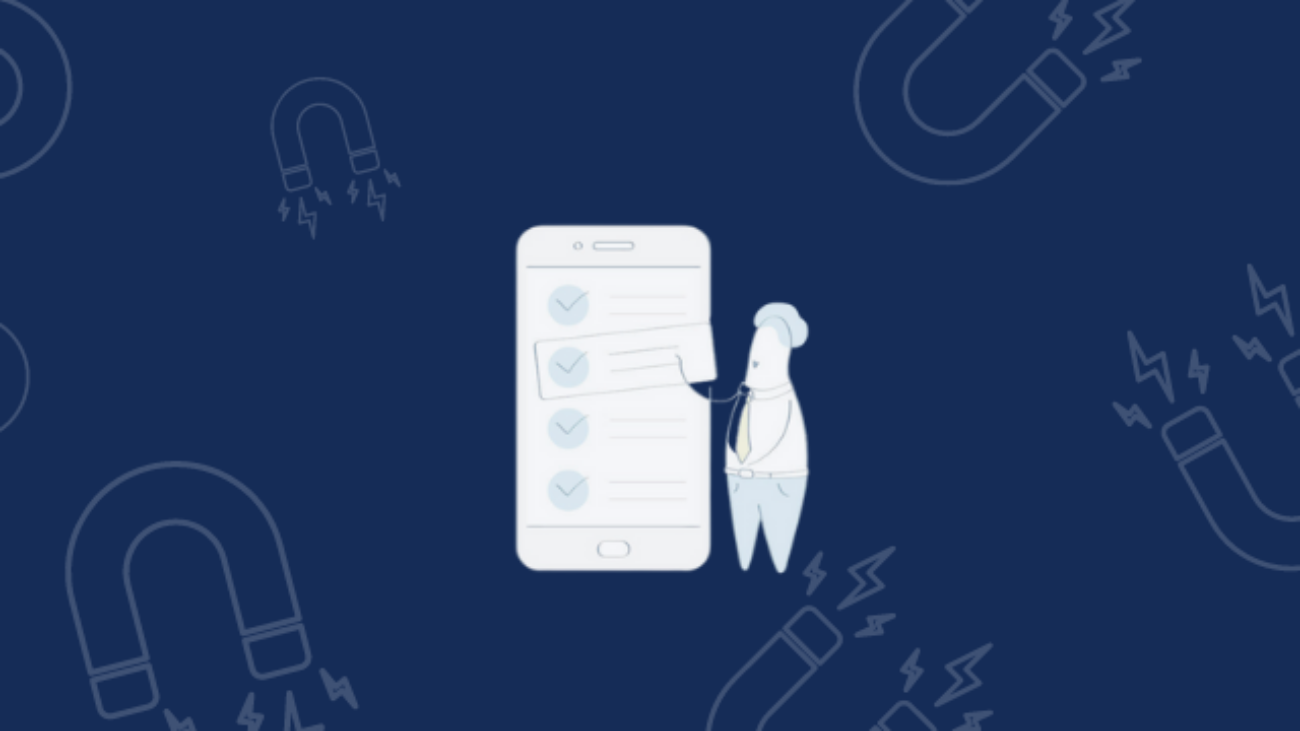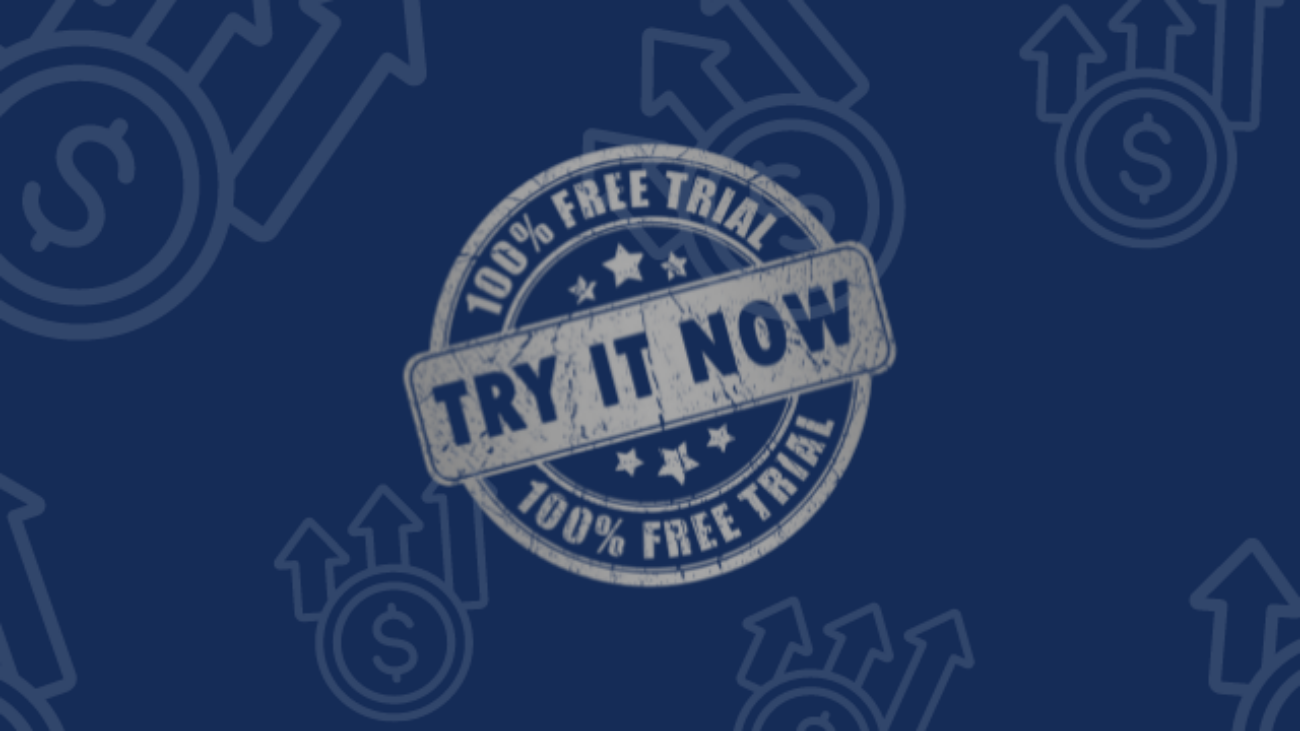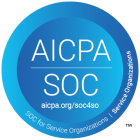Without analytics, tech teams rely on insufficient demographic data or vanity metrics, hindering their ability to personalize services and understand customer preferences. So far, Openprise estimates that only 35% of revenue operations leaders possess full confidence in their capability to score leads accurately.
User behavior insights in a product-led growth (PLG) model lead to more accurate lead scoring, better resource allocation, and increased revenue generation. Adopting PLG strategies and aligning investments with user needs and market goals drives sustainable growth and profitability. Analyzing user behavior enables businesses to make informed decisions, enhance the user experience, and maximize their data’s potential for success.
How to Deploy User Behavior & Analytics?
User behavior denotes all the actions a user performs on a website or mobile app. It includes factors like time on the page, the number of pages visited, how people interact with different features, and also friction they encounter while using the product, etc.
Behavioral analyses help companies gain detailed metrics and segmentations to identify bottlenecks within their software or service, gauge customer reactions to investment messages, assess satisfaction with feature changes, determine the effectiveness of ads, analyze the conversion journey timeline, and improve the overall success of their product for customers. However, utilizing behavioral analysis effectively can be challenging, often due to the company’s lack of clear vision.
Exploring the Advent of User Data
McKinsey estimates that businesses capitalizing on customer data insights enjoy 85% greater revenue growth and over 25% higher gross margin than their competitors. As a result, businesses have begun to utilize behavioral data, ushering in a period of hyper-personalization in which firms compete to get a more nuanced knowledge of customer interactions.
Measures of user behavior on a website or mobile app, such as the amount of time spent there, the number of pages seen, the number of times a feature is used, and the amount of difficulty experienced by the user, are all considered part of user behavior. In a product-led growth (PLG) paradigm, organizations may improve their lead-scoring procedures by analyzing and understanding user behavior, resulting in more precise identification and prioritization of new customers.
ProductLed found that 91% of B2B SaaS businesses have already adopted the PLG strategy and want to boost expenditures in PLG efforts this year. This exemplifies the increasing appreciation for the value of exploiting user behavior inside a PLG framework.
Deploying User Behavior Data for Lead Scoring & PLG
Although various factors beyond your product alone influence user behavior, Lead scoring is improved as businesses learn how customers interact with a product. The possibility of a lead becoming a paying client may be estimated using data on user behavior as signs of interest, engagement, and intent. Considerable insight into a lead’s interest and propensity to buy may be gleaned from their use patterns, feature preferences, and engagement with marketing material.
Hence, pursuing better data-driven choices and more efficiently deploying sales resources is possible by analyzing user behavior in a PLG model. Sales teams may increase their conversion rate and revenue creation by focusing on the leads with the highest potential of converting into customers.
Leveraging behavioral data is a critical but overlooked component for measuring the effectiveness of Key Performance Indicators (KPIs) and making necessary adjustments. In PLG companies, the product serves as the primary source of data collection, w essential for driving growth and generating revenue. By analyzing this data effectively, companies can uncover valuable insights that guide their expansion and success.
3 Pillars of Efficient Product-led Growth
Gainsight outlines that “product experience data combines a wider data set, such as user sentiment, that allows teams to pull insights about intent, quality of user’s customer journey, and effective ways to expand each user’s product adoption.”
Hence, forward-thinking businesses may learn more about a lead’s potential for conversion based on their activities in using a PLG model to score leads based on their behavior. Particularly in sectors where customer interactions can be tracked and analyzed in great detail, this method enables more efficient prioritization of sales efforts and improved decision-making. According to Open View Partners, 3 pillars empower viable PLG:
- Pillar 1: Design for the end user –
- Designing for end users means prioritizing their needs and understanding the problems they want to solve. Successful product-led growth businesses put the needs of real people first and commit to continuously improving their products to effectively address those needs. Companies can create a user-centric experience that drives satisfaction and loyalty by listening to users and making consistent enhancements.
- Pillar 2: Deliver value before capturing value –
- In a give-and-take relationship with users, providing value upfront before expecting anything in return is essential. Product-led companies focus on delivering value quickly, often through free trials, freemium models, or open-source offerings. The key is for users to experience the product’s value first-hand, either by solving their problem quickly or by reaching a pivotal “aha” moment. By simplifying the initial product experience and removing barriers, companies ensure users can easily access and recognize the product’s core value.
- Pillar 3: Invest in the product with go-to-market intent –
- The upfront investment in creating software can yield substantial long-term benefits. PLG companies understand that the cost of delivering value to additional customers is significantly lower than that of professional services. This includes gathering comprehensive product data to track user behavior, establishing a growth function that enhances distribution and value capture, and conducting go-to-market experiments to optimize the user journey. Companies can drive sustainable growth and profitability by aligning product investments with acquisition, conversion, and expansion goals.
Bottom Line
Acquiring clarity on the desired user path, a clear product roadmap, achievable goals, understanding market demands and product change requirements, and specific objectives such as revenue generation or increasing customer satisfaction are essential.
Thus, those interested in leveraging user behavior data to improve lead scoring companies must define their expectations and ideal user paths before analyzing data, as generic data alone cannot magically solve unidentified problems. With predefined expectations, teams can identify deviations from the ideal path and make necessary adjustments to enhance the user experience and lead scoring, improving the PLG model.
Free trials, when used effectively, help users understand the potential benefits of a product or service without any initial financial commitment, thereby reducing entry barriers and making the decision process smoother. From a business perspective, free trials can significantly drive user growth and conversion rates.





